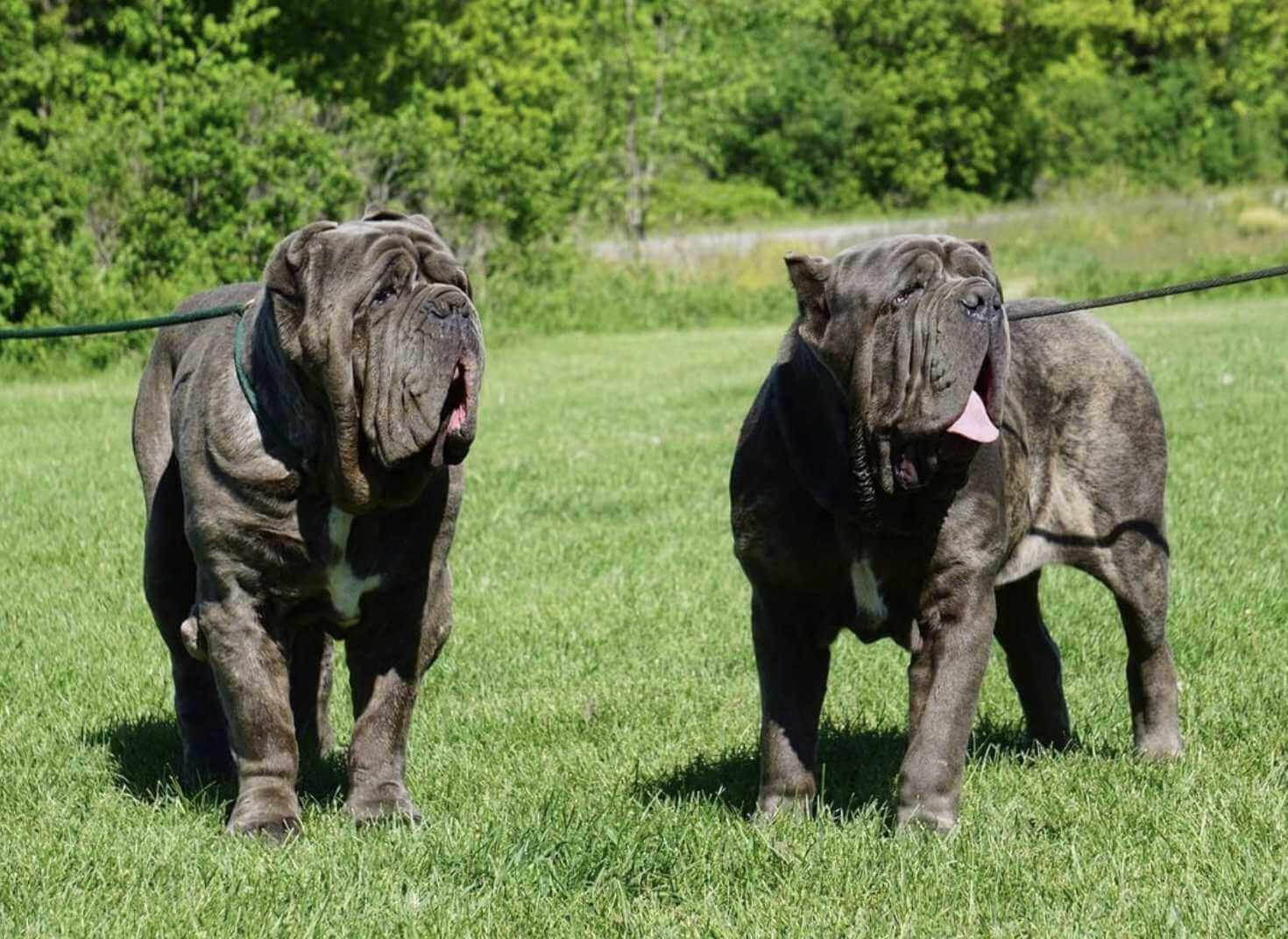Obesity in dogs is a prevalent issue with potentially severe health implications such as diabetes, heart disease, and joint problems. As a pet owner, you must understand the risks and take proactive measures to prevent or manage this condition.
One effective strategy is implementing special dietary plans designed to help your dog lose weight while receiving all the necessary nutrients. As you read on, you’ll learn more about the causes and effects of canine obesity, the importance of a balanced diet, and how to implement special diets effectively.
Table of Contents
A Closer Look at Canine Obesity
The root causes of dog obesity often centre around overfeeding and lack of exercise. Overfeeding can happen when pet owners succumb to their dogs’ pleading eyes and provide extra servings or unhealthy treats.
In particular, small-breed dogs might fall into the trap of obesity if fed regular dog food that doesn’t cater to their specific nutritional needs. That’s why there is small breed dog food designed to provide the right balance of nutrients without excess calories, helping to prevent weight gain.
Additionally, a sedentary lifestyle with minimal physical activity can lead to weight gain in dogs. This is particularly true for older dogs whose activity levels naturally decline with age. Their slower metabolism and reduced ability to exercise can easily lead to weight gain if not properly managed. Hence, special attention should be paid to diet and portion control for older dogs.
Why is a Balanced Diet Important?
A balanced diet is essential in maintaining a dog’s weight and overall health. It provides the necessary nutrients for energy, growth, and bodily functions. The diet must be rich in proteins for muscle development, carbohydrates for energy, fats for skin and coat health, vitamins for metabolic processes, and minerals for bone and teeth structure.
A balanced diet for dogs includes high-quality animal-based proteins, a variety of fruits and vegetables, whole grains, and healthy fats. Animal proteins provide essential amino acids necessary for growth and repair, while fruits and vegetables offer vitamins and minerals to support immune health.
Whole grains deliver dietary fibre for digestive health and sustained energy, and healthy fats like Omega-3 and Omega-6 fatty acids contribute to skin and coat health.
Special Diets for Overweight Dogs
Special diets for overweight dogs often feature lean proteins like chicken, turkey, or fish, which are essential for maintaining muscle mass while losing weight. They also incorporate a variety of fruits and vegetables, such as apples, blueberries, carrots, spinach, and green beans, known for their high fibre content and low caloric value. Fibre contributes to healthy digestion and keeps blood sugar levels in check, warding off rapid surges and drops that could result in overindulgence in food.
In addition to these, foods like sweet potatoes and pumpkin, which are low in fat and high in dietary fibre, can be incorporated into their diet. Other whole grains such as brown rice, oatmeal, and quinoa are excellent choices, as they contribute to satiety.
Lean dairy products, like low-fat cottage cheese, can provide calcium and protein without adding excessive calories. Omega-3-rich foods like flaxseeds and fish oil can also help reduce inflammation and promote a healthy coat.
One significant benefit of such diets is that they can effectively manage a dog’s weight without causing them to feel unsatisfied or hungry, which can often be the case with simple portion control. Weight management diets can contribute to a slower, healthier rate of weight loss, reducing the risk of potential health complications associated with rapid weight loss.
How to Implement a Special Diet
Transitioning your dog to a special diet should be done gradually to avoid upsetting their digestive system. Here’s a simple step-by-step guide:
- Week 1 – Start by replacing 25% of their current food with the new diet.
- Week 2 – If they adjust well, increase the new food to 50%.
- Week 3 – Move up to 75% new food.
- Week 4 – By this time, your dog should be fully transitioned to the new diet.
Portion control is vital when implementing a special diet. Use a measuring cup to ensure you’re giving the correct amount. Overfeeding, even with low-calorie food, can lead to weight gain.
Consistency is critical to maintaining a special diet. Ensure regular feeding times and avoid giving treats outside of these times. If treats are part of your routine, consider low-calorie options or use part of their meal portion as a treat.
During the transition, constantly monitor your dog’s weight and overall health. If you notice any adverse reactions, such as vomiting, diarrhoea, or changes in behaviour, consult your vet immediately. Remember, the goal is gradual weight loss and improved health, so patience and persistence are crucial.
Wrapping Up
Addressing canine obesity is essential to enhance your pet’s quality of life and longevity. Special diets, which are low in calories and high in fibre, can be a viable solution to managing this issue. They not only aid in weight loss but also improve overall health. However, consulting with your vet before implementing any dietary changes is crucial. Remember, each dog is unique and deserves a diet tailored to their needs and health status.

![Siberian Husky Price In India [2024] - Kerala | Kolkata | Delhi | Mumbai | Pune SIBERIAN HUSKY PRICE IN INDIA](https://petsyfy.com/wp-content/uploads/2022/02/SIBERIAN-HUSKY-PRICE-IN-INDIA.jpeg)




